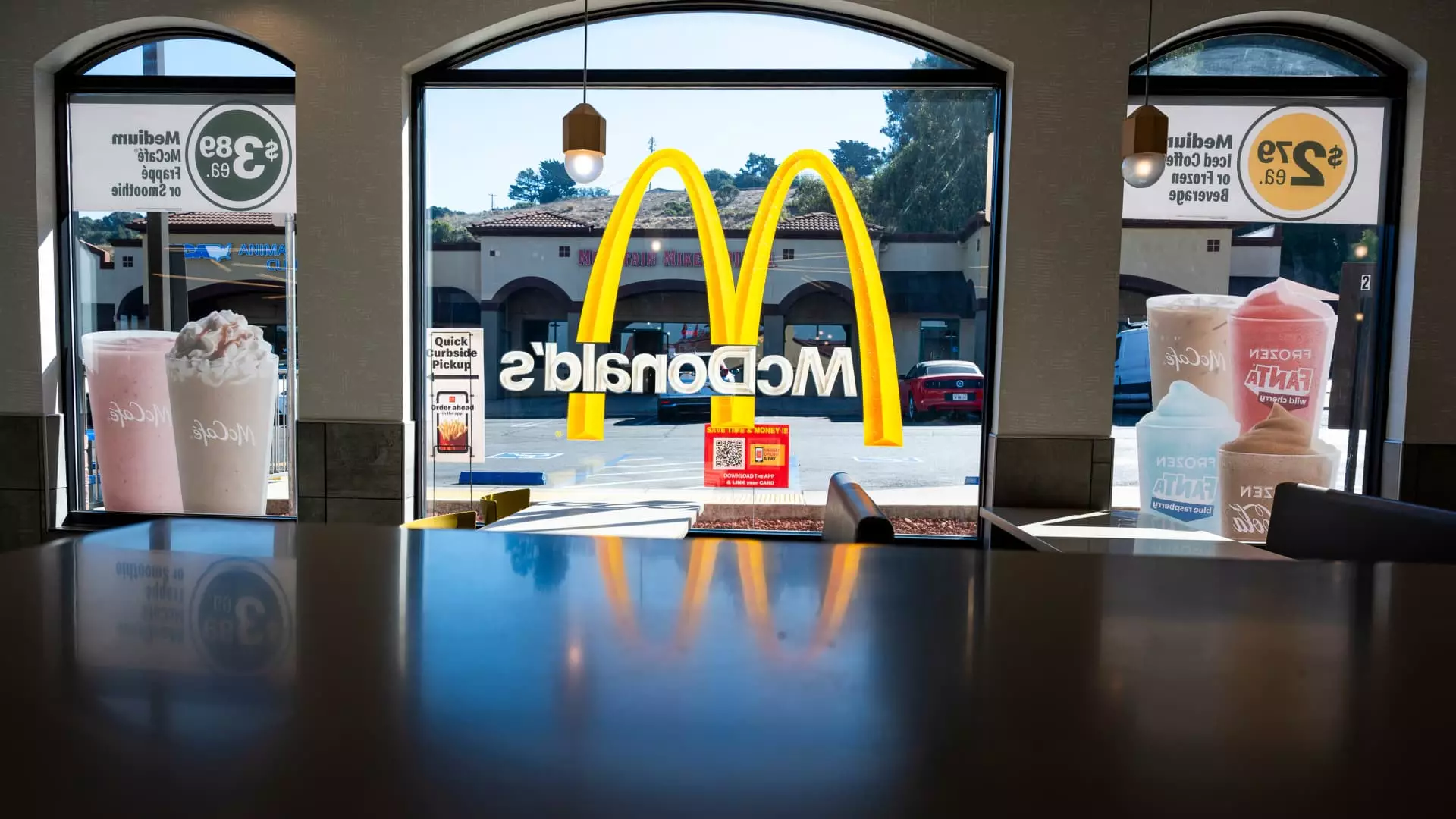The restaurant industry has certainly faced extraordinary challenges recently, with many leaders expressing a desire to turn the page on the tumultuous year of 2024. The optimism emanating from various corners of the sector suggests that, while the dark clouds of economic uncertainty may linger, there is hope for brighter days ahead.
The year leading up to 2025 has been marked by significant distress for many dining establishments. With bankruptcy filings spiking over 50% year-over-year, it raises questions about the sustainability of many restaurant chains. A notable concern that surfaced during the Restaurant Finance and Development Conference was the consistent decline in traffic to long-established restaurants. For each month in 2024 through September, year-over-year visits to these establishments saw a downturn, according to industry intelligence provider, Black Box Intelligence. The fact that even major players like McDonald’s and Starbucks have struggled to deliver favorable same-store sales figures over multiple quarters adds an additional layer of urgency to the situation.
However, amid these challenges, there appear to be signs that the tide may be beginning to turn. The prevailing industry sentiment indicates a readiness for recovery as various metrics hint at an uptick in consumer enthusiasm.
As we approach year-end, some indicators signal a rebound in sales after dismal summer performances. One particularly noteworthy development is the rise in fast-food traffic, which shot up by 2.8% in October compared to the previous year, according to data from Revenue Management Solutions. Prominent chains like Burger King have confirmed this trend, announcing growth in same-store sales that showcases a possible shift in consumer dining behavior.
Compounding this sense of optimism is the recent trend of declining interest rates. Following two consecutive cuts by the Federal Reserve, the immediate implications for the restaurant industry seem promising. Lower interest rates can lead to cheaper financing for restaurant expansion, offering these businesses a crucial lifeline as they continue to recover and plan for future growth. As expressed by Shake Shack’s CFO, Katie Fogertey, the psychological effects of cheaper credit can encourage consumer spending, even if this doesn’t always correlate directly to specific price points like a $5 burger.
The conversation surrounding potential initial public offerings (IPOs) has also resurfaced, indicating a renewed interest in capitalizing on improving market conditions. With the backdrop of elevated restaurant valuations and hopeful predictions for 2025, discussions initiated by investment firms like Piper Sandler highlight the industry’s shifting landscape. While past successes, such as Mediterranean restaurant chain Cava, have proven the potential rewards of going public, the overall market conditions remain tenuous, leading to caution among other chains contemplating similar paths.
Despite the anxieties surrounding the IPO environment, companies such as Inspire Brands, which includes an impressive roster of brands like Dunkin’ and Arby’s, have emerged as key players likely preparing for the public market. The allure of capital influx could ignite further growth and stabilize the sector.
Despite these positive developments, the journey towards complete recovery will hardly be smooth. Industry stakeholders are keenly aware that challenges persist and are unlikely to vanish overnight. Notably, companies like Portillo’s have reported consecutive declines in same-store sales, underscoring that not all diners are welcoming or able to embrace higher spending after years of economic strain.
The anticipated discounting strategies from major chains, including McDonald’s broadening of its value menu, may also signify a shift into a competitive battleground focused excessively on low prices. Though these tactics might drive short-term traffic, they can equally complicate long-term profitability for the industry as established players vie fiercely for the attentions of more cautious consumers.
Furthermore, while a recession might not be fully on the horizon, the prospect of prolonged consumer hesitance in spending raises questions about how quickly the sector can return to pre-pandemic vibrancy.
While reasons for optimism exist as we approach 2025, the restaurant industry must navigate a multifaceted landscape. Recovery is within reach, yet it demands coping with both emerging opportunities and lingering challenges that could reshape the entire dining experience in the coming years.

